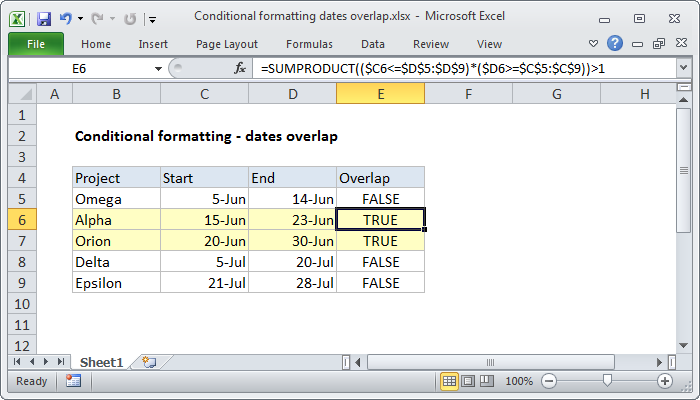Feb 12, 2016 The most used tool to create presentations, Microsoft PowerPoint, in combination with the DataPoint add-on, brings real-time data to your slides or slideshows. You can easily connect a text box, chart or table to your factory production figures or KPI’s (key performance indicator), and have it updated at regular intervals. I want to set up some conditional formatting on a table in Word but I’m not sure of the code that I would need to use. I want to set up a table so that if the letter r is in it then the cell goes red, the letter y then the cell goes yellow and the letter g then the cell goes green.
- Conditional Formatting In Microsoft Word New Nevada Registration
- Conditional Formatting In Microsoft Word New Nevada 2020
- Formatting In Microsoft Word 2007
- Microsoft Word Conditional Format
- Conditional Formatting In Microsoft Word New Nevada Title
In this article, you will learn how to show output with matching criteria using conditional formatting.
Q: I have a record set from column A to C (Code#, Account# and Amount). Now, I need a formula to highlight all the rows with Code between 40 & 50 in column A with Account in starting with 5 series in column B.
We have three columns of data & now, we want to highlight the rows which are matching the criteria.
Following snapshot shows the Output
We will use a combination of AND, OR & FIND functions in Conditional Formatting.
AND: Checks whether all arguments are TRUE, and returns TRUE if all the arguments are TRUE. If anyone is found to be FALSE, then AND function will returns FALSE.

Syntax =AND(logical1,logical2,...)
logical1: The first condition that you want to check
logical2: This is optional. You can add as many as 255 conditions at a time to evaluate to TRUE or FALSE.
The IF function checks if a condition you specify is TRUE or FALSE. If the condition returns TRUE then it returns preset value, and if the condition returns FALSE then it returns another preset value.
Syntax = IF(logical_test,value_if_true,value_if_false)
logical_test: Logical test will test the condition or criteria. If condition meets then it returns the preset value, and if the condition does not meet then it returns another preset value.
value_if_true: The value that you want to be returned if this argument returns TRUE.
value_if_false: The value that you want to be returned if this argument returns FALSE
FIND: Returns the starting position of one text string within another text string. FIND is a case sensitive.
Syntax: =FIND(find_text,within_text,start_num)
find_text: The text that you want to find.
within_text: Itis the text in which you want to search.
start_num: This is optional. It is the number in the string from which you want to extract data.
To get the output, select range A4:C20
From Home tab, click on Conditional Formatting & select New Rule
Or press ALT + O + D shortcut
This will open New Formatting Rule Manager
Select “Use a formula to determine which cells to format”
Enter the formula as =AND(OR($A4>=40,$A4<=50),FIND('5',$B4,1)=1)
Click on Format & select the color & click on OK twice.
In this way, we can highlight the rows which are matching the criteria.
In this article, you will learn how to show output with matching criteria using conditional formatting.
Q: I have a record set from column A to C (Code#, Account# and Amount). Now, I need a formula to highlight all the rows with Code between 40 & 50 in column A with Account in starting with 5 series in column B.
We have three columns of data & now, we want to highlight the rows which are matching the criteria.
Following snapshot shows the Output
Conditional Formatting In Microsoft Word New Nevada Registration

We will use a combination of AND, OR & FIND functions in Conditional Formatting.
AND: Checks whether all arguments are TRUE, and returns TRUE if all the arguments are TRUE. If anyone is found to be FALSE, then AND function will returns FALSE.
Syntax =AND(logical1,logical2,...)

logical1: The first condition that you want to check
logical2: This is optional. You can add as many as 255 conditions at a time to evaluate to TRUE or FALSE.
The IF function checks if a condition you specify is TRUE or FALSE. If the condition returns TRUE then it returns preset value, and if the condition returns FALSE then it returns another preset value.
Conditional Formatting In Microsoft Word New Nevada 2020
Syntax = IF(logical_test,value_if_true,value_if_false)
Formatting In Microsoft Word 2007
logical_test: Logical test will test the condition or criteria. If condition meets then it returns the preset value, and if the condition does not meet then it returns another preset value.
value_if_true: The value that you want to be returned if this argument returns TRUE.
value_if_false: The value that you want to be returned if this argument returns FALSE
FIND: Returns the starting position of one text string within another text string. FIND is a case sensitive.
Syntax: =FIND(find_text,within_text,start_num)
find_text: The text that you want to find.
within_text: Itis the text in which you want to search.
start_num: This is optional. It is the number in the string from which you want to extract data.
Microsoft Word Conditional Format
To get the output, select range A4:C20
From Home tab, click on Conditional Formatting & select New Rule
Or press ALT + O + D shortcut
Conditional Formatting In Microsoft Word New Nevada Title
This will open New Formatting Rule Manager
Select “Use a formula to determine which cells to format”
Enter the formula as =AND(OR($A4>=40,$A4<=50),FIND('5',$B4,1)=1)
Click on Format & select the color & click on OK twice.
In this way, we can highlight the rows which are matching the criteria.
